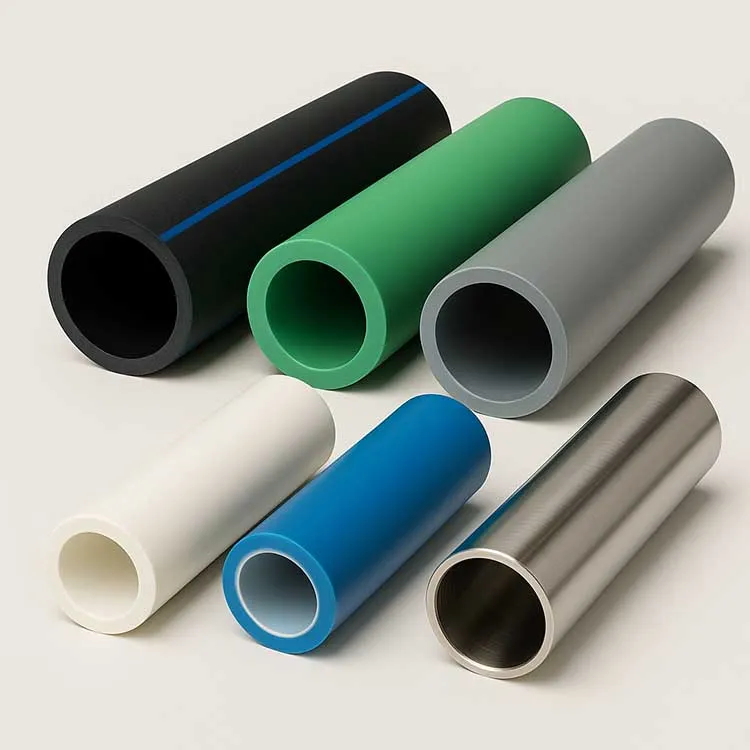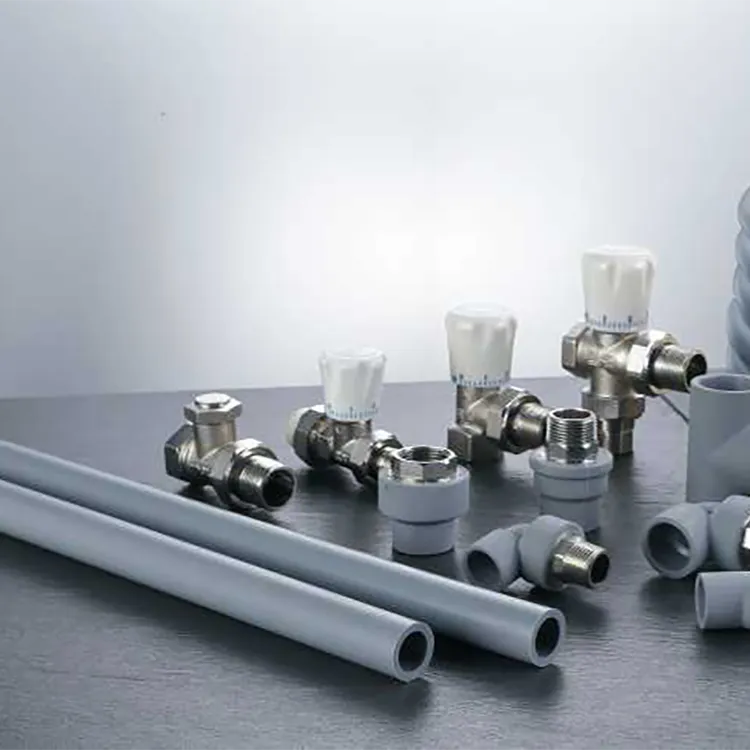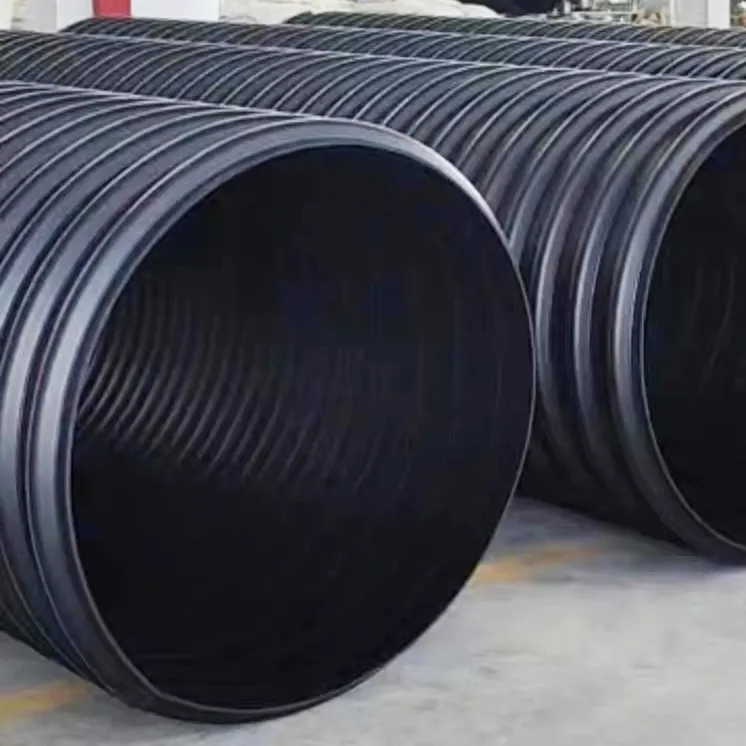01——PET (polyethylene terephthalate)
Common uses: mineral water bottles, carbonated beverage bottles, etc.
Mineral water bottles and carbonated beverage bottles are all made of this material. Beverage bottles cannot be recycled to hold hot water. This material is heat-resistant to 70°C, and is only suitable for warm or frozen drinks. It is easy to deform when filled with high-temperature liquid or heated, and there are substances that are harmful to the human body. Moreover, scientists found that after 10 months of use, this plastic product may release carcinogens that are toxic to the human body. Therefore, throw away beverage bottles when they are used up, and do not use them as water cups, or use them as storage containers to hold other items, so as not to cause health problems.
The original use of PET was as man-made fibers, as well as negatives, tapes, etc. It was only used in beverage bottles in 1976. Using PET as a raw material as a filling container is commonly known as a "Pote Bottle". The hardness and toughness of the PET bottle are excellent, the weight is light (only 1/9 to 1/15 of the weight of the glass bottle), it is convenient to carry and use, and the energy consumption during production is low. Good packaging material for carbonated drinks. In recent years, it has become an important filling container for carbonated drinks, tea, fruit juice, packaged drinking water, wine and soy sauce. The packaging bottles of alcoholic beverages have been widely used in plastic bottles.
02——HDPE (High Density Polyethylene)

Common uses: cleaning supplies, bath products, etc.
Plastic containers for cleaning supplies, bath products, and plastic bags currently used in supermarkets and shopping malls are mostly made of this material, which can withstand high temperatures of 110°C. Plastic bags marked for food can be used to hold food. Plastic containers for cleaning supplies and bath products can be reused after careful cleaning, but these containers are usually not easy to clean, and the original cleaning supplies remain, becoming a breeding ground for bacteria, and the cleaning is not thorough, so it is best not to recycle.
PE is the most widely used plastic in industry and life. It is generally divided into two types: high-density polyethylene (HDPE) and low-density polyethylene (LDPE). PE has excellent resistance to acid and alkali. HDPE has a higher melting point and higher hardness than LDPE, and is more resistant to corrosion by corrosive liquids. At present, almost all plastic bags and various translucent or opaque plastic bottles on the market are made of PE, such as detergents, shampoos, shower gels, edible oils, pesticides, etc. Most of them are made of HDPE bottles. Come to dress up. LDPE is ubiquitous in modern life, but not because of the containers it is made of, but because of the plastic bags you can see everywhere. Most plastic bags and plastic films are made of LDPE.
03——PVC (polyvinyl chloride)

Common uses: raincoats, building materials, etc.
According to reports, the toxic and harmful substances that plastic products of this material are prone to produce come from two aspects, one is the monomolecular vinyl chloride that has not been fully polymerized during the production process, and the other is the harmful substances in the plasticizer. These two substances are easy to be precipitated when encountering high temperature and grease. After the toxic substances enter the human body with food, it is easy to cause cancer. At present, containers of this material have been rarely used for packaging food. If in use, do not let it get hot.
The invention of PVC material is very early, and it is widely used in industrial products. Because PVC also has the advantages of other plastic materials, and is quite good in processing and plasticity, plus the price is cheap, the amount of use is very common, but most of them are used in non-food products. In terms of water pipes, raincoats, school bags, building materials, plastic films, plastic boxes and so on. In terms of container use, it is mostly used for filling vegetable oil, detergents, cake boxes and packaging drinking water. Because the material itself contains chlorine, it is suspected that VCM monomer is easily released during the process of bottle making, filling, recycling and reprocessing, which may endanger human health. Fill containers with other materials for filling products.
04——LDPE (low density polyethylene)

Common uses: cling film, etc.
Cling film, plastic film, etc. are all of this material. The heat resistance is not strong. Usually, when the temperature exceeds 110 ℃, the qualified PE plastic wrap will have a hot melt phenomenon, which will leave some plastic preparations that cannot be decomposed by the human body. In addition, when the food is heated by wrapping the plastic wrap, the oil in the food can easily dissolve the harmful substances in the plastic wrap. Therefore, when the food is put into the microwave oven, the wrapped plastic wrap must be removed first.
05——PP (polypropylene)

Common use: special lunch box for microwave oven
The microwave lunch box is made of this material, which is resistant to high temperature of 130°C and has poor transparency. This is the only plastic box that can be put into the microwave oven and can be reused after careful cleaning. It should be noted that some microwave lunch boxes, the box body is made of No. 05 PP, but the lid is made of No. 06 PS (polystyrene)), PS has good transparency, but it is not resistant to high temperature, so it cannot be combined with the box body. and put in the microwave. To be on the safe side, remove the lid before placing the container in the microwave.
PP and PE can be said to be two brothers, but some physical properties and mechanical properties are better than PE, so bottle manufacturers often use PE to make bottle bodies, and bottle caps and handles are made of PP with greater hardness and strength. The melting point of PP is as high as 167°C, it is heat-resistant, and its products can be sterilized by steam. The most common bottles made of PP are soy milk and rice milk bottles, as well as larger containers such as buckets and trash cans for 100% pure juice, yogurt, juice drinks, dairy products (such as pudding), etc. , Laundry troughs, baskets, baskets, etc. are mostly made of PP. In recent years, it has also been widely used to make disposable tableware or disposable cups The material container is an opaque or translucent container , has the advantages of acid and alkali resistance, chemical resistance, collision resistance and high temperature resistance (about 20 ℃ ~ 120 ℃).



981.webp)

 (1)379.webp)

294.webp)
476.webp)
420.webp)
146.webp)
460.webp)
287.webp)
274.webp)
688.webp)


